Palace of Depression
This Great Depression-era creation was once known as the strangest house in the world.
In 1929, the most devastating year in the history of Wall Street, 70-year-old New York stock trader George Daynor was among those who lost his entire fortune. Left with just seven dollars, no hope, and a tinge of depression, Daynor never would have dreamt that he would one day become a world-renowned name.
Directly following the stock market crash, Daynor claims to have been led by an angel on a 10-day, 112-mile hike to Vineland, New Jersey, where the only piece of property he could afford was a seven-acre junkyard situated on a swamp for the price of exactly seven dollars.
One night, while sleeping in the junkyard, Daynor’s angel reappeared in one of his dreams, urging him to use the mud, fuel leakage, bottles, bed frames, and unwanted auto parts on his property to build the “Palace of Depression,” a grand, marvelous home made of mud and junk. And that he did.
From 1929 to 1932, Daynor spent his days eating whatever he could scrape up—frogs, fish, rabbits, and squirrels—all the while constructing a gigantic palace out of dirt and scrap. Daynor built the palace to prove to every American what he learned from experience: that the Great Depression was not impossible to overcome. In Daynor’s own words, “the only real depression is a depression of individual ingenuity.”
Promoted as “the greatest piece of originality ever brought about in the history of Man,” Daynor’s junk house featured 18 towering spires, a massive outdoor fireplace, a circular shell-covered door, and the Knockout Room, where Daynor would allegedly drop a bowling ball atop your head to erase the worst of your memories.
Unfortunately for Daynor, after hearing about a baby who had recently been kidnapped near the palace, he made the false claim that he was the true kidnapper in a desperate attempt to gain publicity. And publicity he got, but not in the way he would have wanted; Daynor was arrested for over a year on charges of lying to the FBI, and in 1969, long after his death, the Palace of Depression was torn to the ground.
Perhaps, though, the Palace of Depression may see a second life. Nearly 50 years after the destruction of Daynor’s junk house, a volunteer-led restoration project of the palace is in progress. It is set to be completed in the coming years.
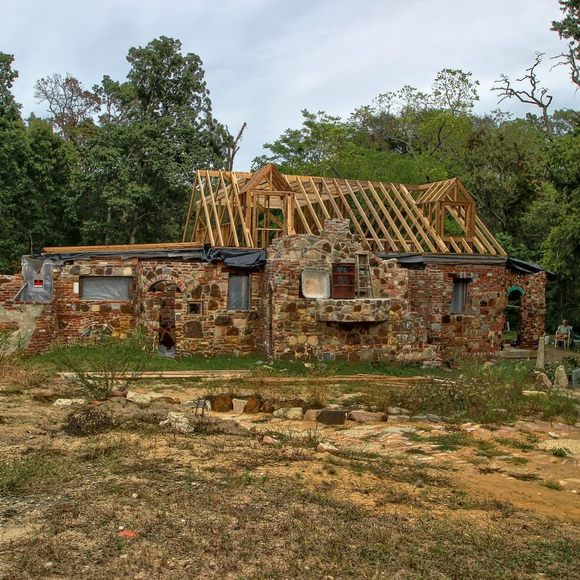


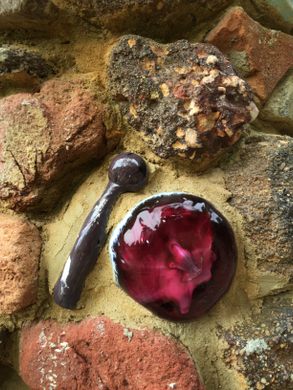




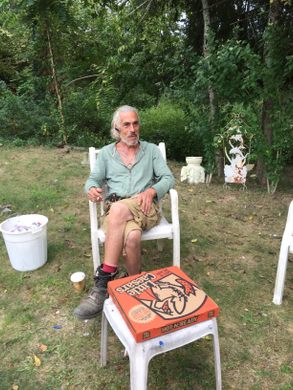
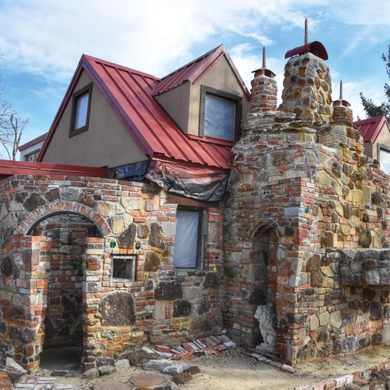







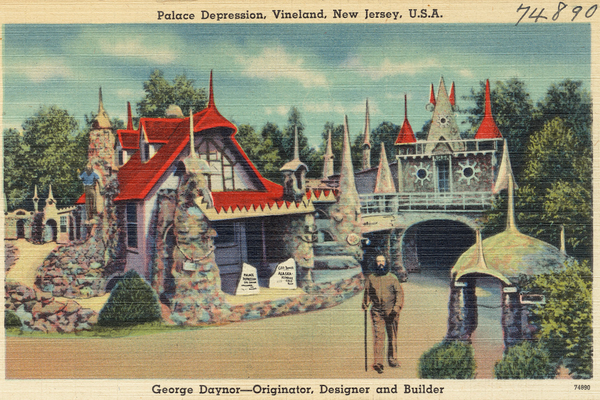








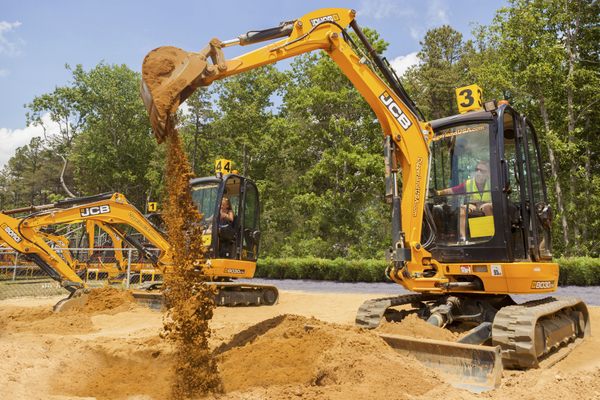


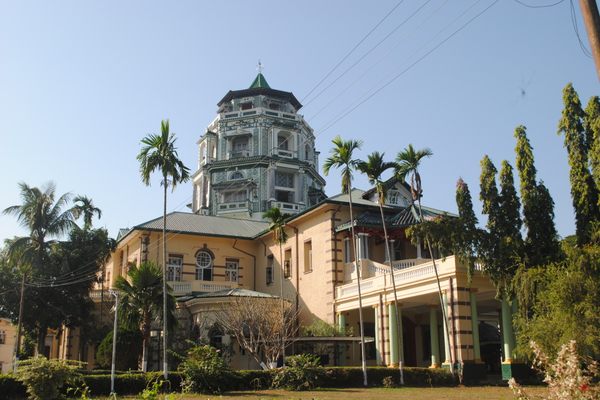
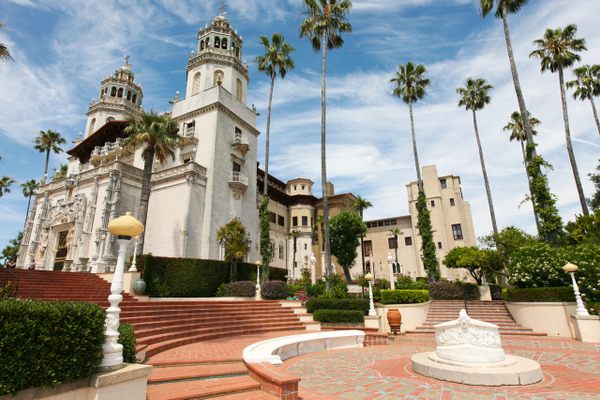

Follow us on Twitter to get the latest on the world's hidden wonders.
Like us on Facebook to get the latest on the world's hidden wonders.
Follow us on Twitter Like us on Facebook